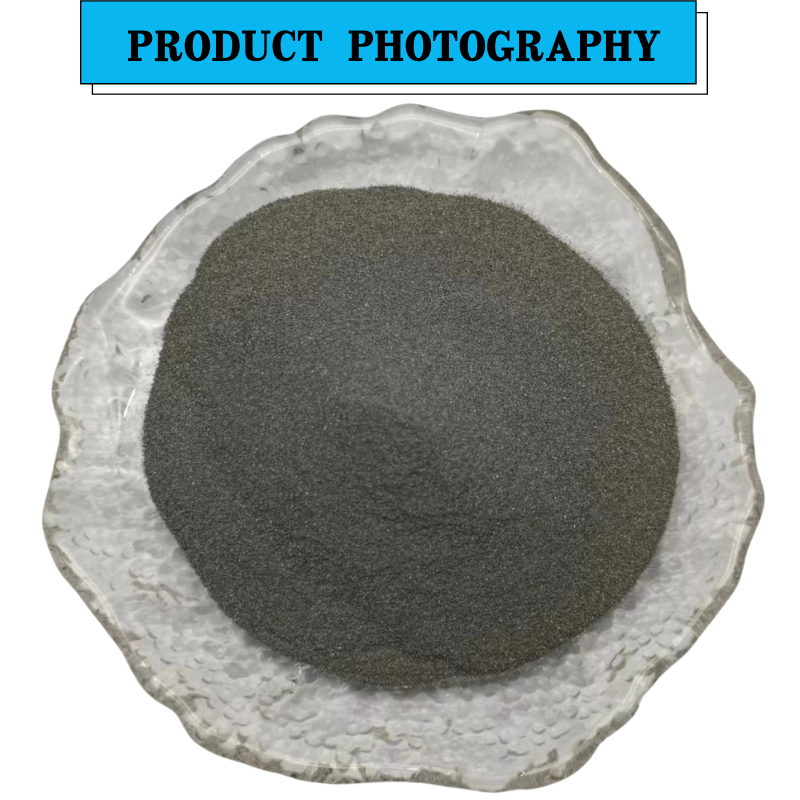
ore forming minerals
Ore-Forming Minerals The Building Blocks of Extraction and Resource Management
Ore-forming minerals are vital components of the Earth's crust that play a crucial role in the mining and extraction of valuable metals and minerals. These minerals are concentrated in specific geological settings where they can be economically mined. Understanding the nature and formation of these minerals is essential for geologists, miners, and environmental scientists alike, as they provide insight into the Earth’s geological processes and the sustainability of mineral resources.
Types of Ore-Forming Minerals
Ore-forming minerals can be broadly classified into two categories metallic and non-metallic ores. Metallic ores typically contain metals that are extracted for industrial use. Common examples include
1. Iron Ore (Hematite and Magnetite) These minerals are primary sources of iron, which is vital for steel production, making it one of the most sought-after ores globally.
2. Copper Ores (Chalcopyrite and Malachite) Copper is essential for electrical wiring and plumbing. Chalcopyrite, a primary copper mineral, is often found in sulfide deposits, while malachite is a secondary copper mineral that can indicate the presence of copper ores.
3. Gold (Native Gold and Electrum) Gold is one of the most precious metals, prized for its rarity and intrinsic value. It is often found in quartz veins or alluvial deposits.
4. Lead and Zinc Ores (Galena and Sphalerite) Galena is the primary ore of lead, while sphalerite is the primary ore of zinc. Both are crucial for various industrial applications, including batteries and galvanization, respectively.
Non-metallic ores, on the other hand, include minerals that do not yield metals but are valuable for other purposes. Examples include
1. Phosphate Minerals These are vital for fertilizer production, which is essential for agriculture. Apatite is the most common phosphate mineral.
2. Industrial Minerals (Kaolinite, Quartz) These minerals are used in various industries, from ceramics to electronics. Kaolinite, for example, is important in the production of porcelain and paper, while quartz is used in glassmaking.
ore forming minerals

Geological Processes and Formation
The formation of ore-forming minerals is a complex process influenced by various geological factors, including temperature, pressure, and chemical composition. Most metallic ores are formed through processes such as
1. Igneous Processes Metalliferous ores can crystallize from magma. For instance, magmatic differentiation can lead to concentration of minerals like chromite or platinum-group metals.
2. Hydrothermal Processes Hot, mineral-rich fluids can migrate through rock formations, depositing minerals as they cool and react with surrounding rocks. This is a common process for forming copper and gold deposits.
3. Sedimentary Processes Some minerals are concentrated through sedimentary processes, often in marine environments. For example, iron ore can form from the precipitation of iron minerals in ancient ocean beds.
4. Metamorphic Processes The alteration of rocks under heat and pressure can create valuable mineral deposits. For example, the metamorphism of limestone can lead to the formation of marble and the introduction of valuable minerals like talc.
Economic Importance and Environmental Considerations
The extraction and use of ore-forming minerals significantly contribute to the global economy. They are fundamental for industrial processes, technological advancement, and infrastructure development. However, the mining sector faces challenges related to sustainability and environmental impact. Mining activities can lead to habitat destruction, water pollution, and soil degradation. Therefore, it is imperative to adopt responsible mining practices that ensure minimal environmental disruption, promote recycling, and support sustainable resource management.
Additionally, advances in technology and research into alternative materials can help reduce dependency on specific ore-forming minerals, thus preserving finite resources for future generations.
Conclusion
Ore-forming minerals are indispensable to modern civilization, underlying the infrastructure and technology that define our daily lives. Understanding their formation, importance, and environmental implications is crucial for developing sustainable practices in mining and resource management. As we continue to explore and exploit these natural resources, a balance must be struck between economic development and environmental stewardship to ensure that future generations can benefit from the Earth's bounty.
Share
-
Fly Ash Solutions Enhanced by GPT-4 Turbo | Sustainable InnovationNewsAug.01,2025
-
Natural Premium Bentonite Cat Litter - Superior ClumpingNewsJul.31,2025
-
Premium Resin Coated Sand - High Heat Resistance CastingNewsJul.31,2025
-
High Quality Silicon Carbide Grit for Abrasive ApplicationsNewsJul.30,2025
-
High-Quality Ceramsite for Plants & Gardening | Lightweight PebblesNewsJul.29,2025
-
Premium Burgundy Glass Marbles for Vases & Shooter GamesNewsJul.29,2025






